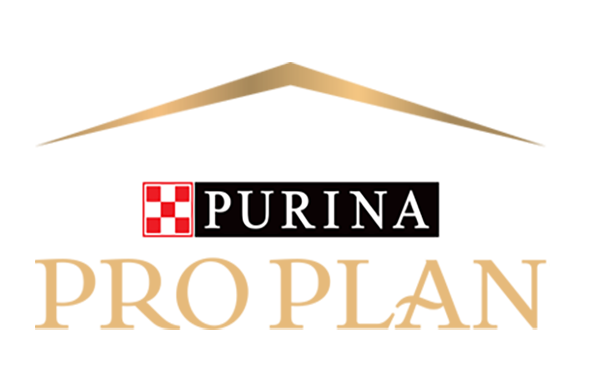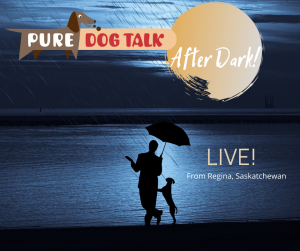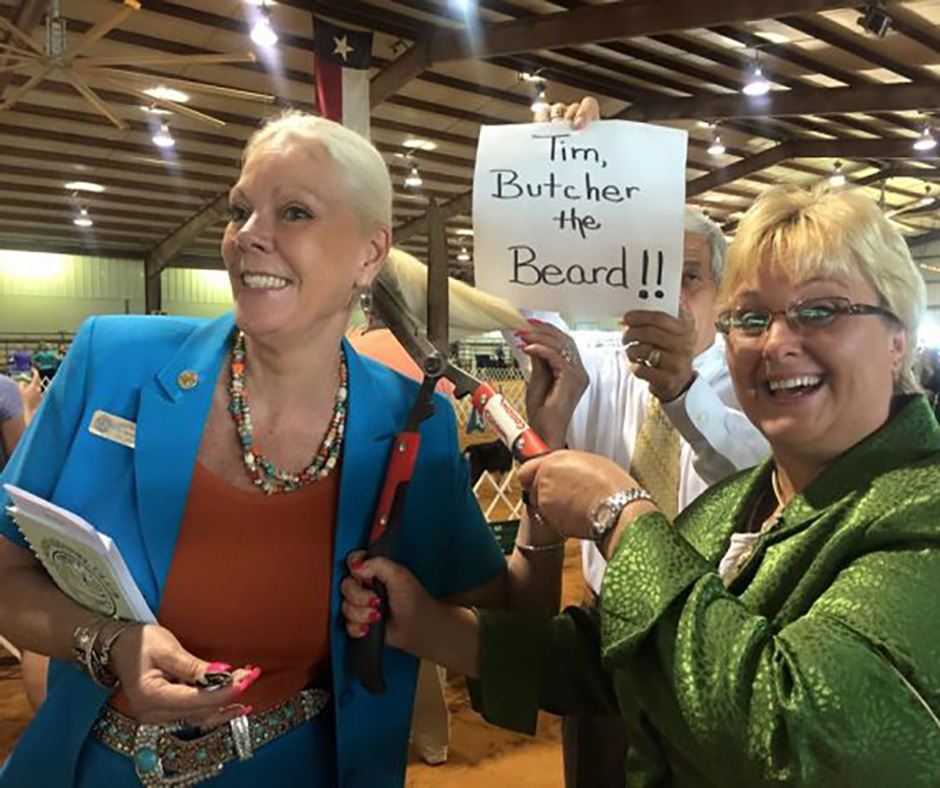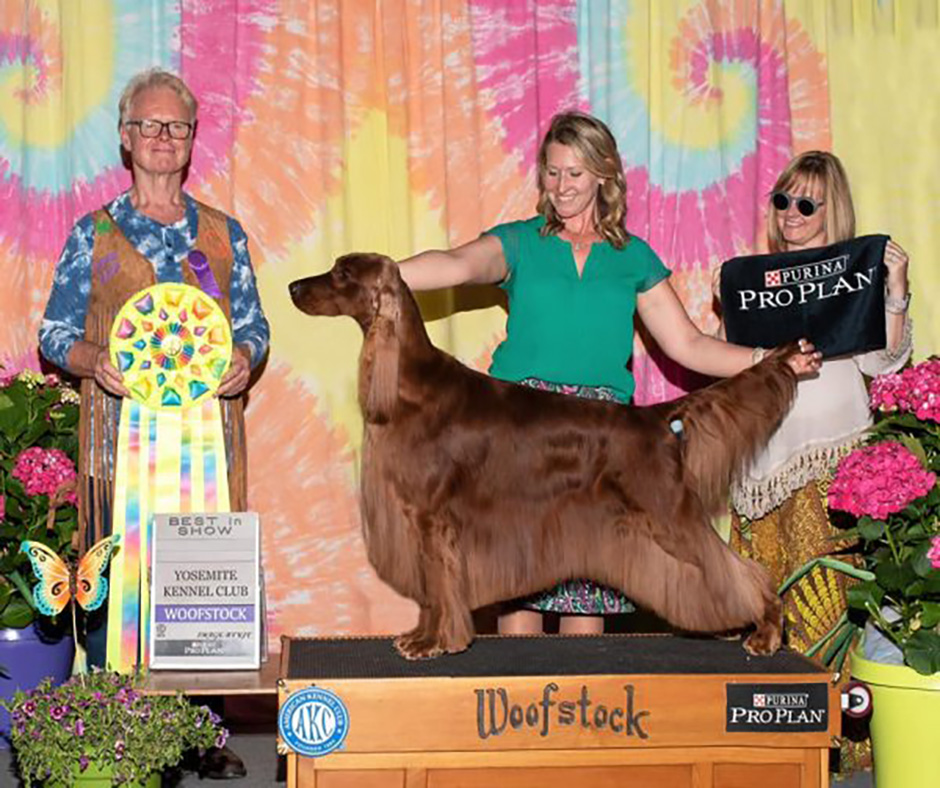619 – Puppy Evaluation System Developed by a Woman Ahead of Her Time
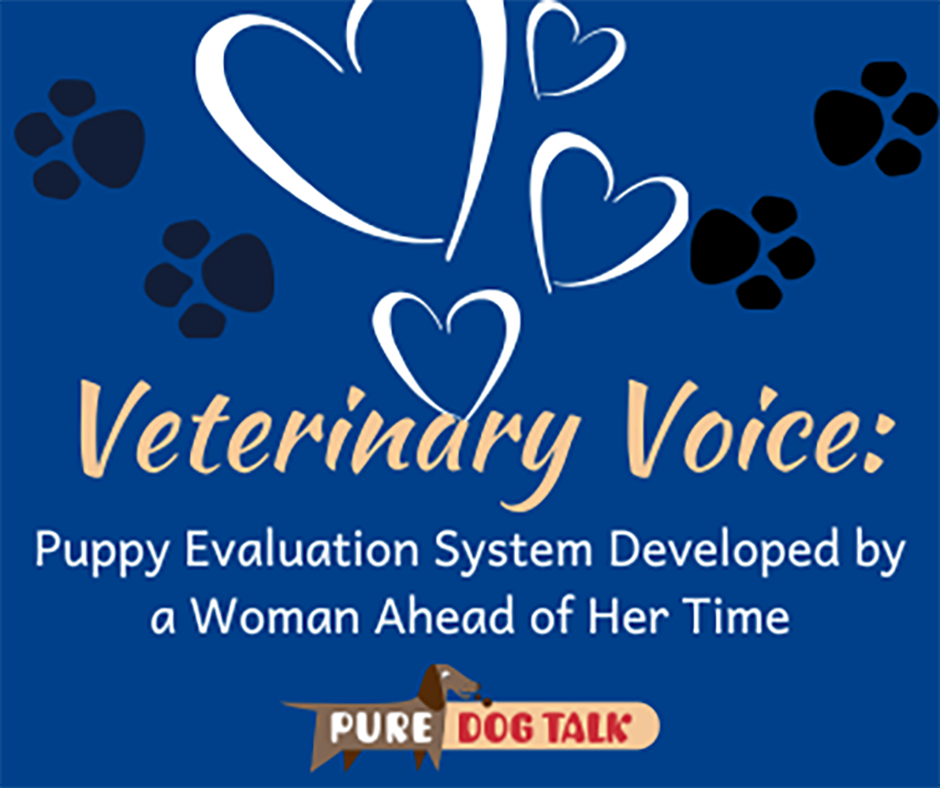
Puppy Evaluation System Developed by a Woman Ahead of Her Time
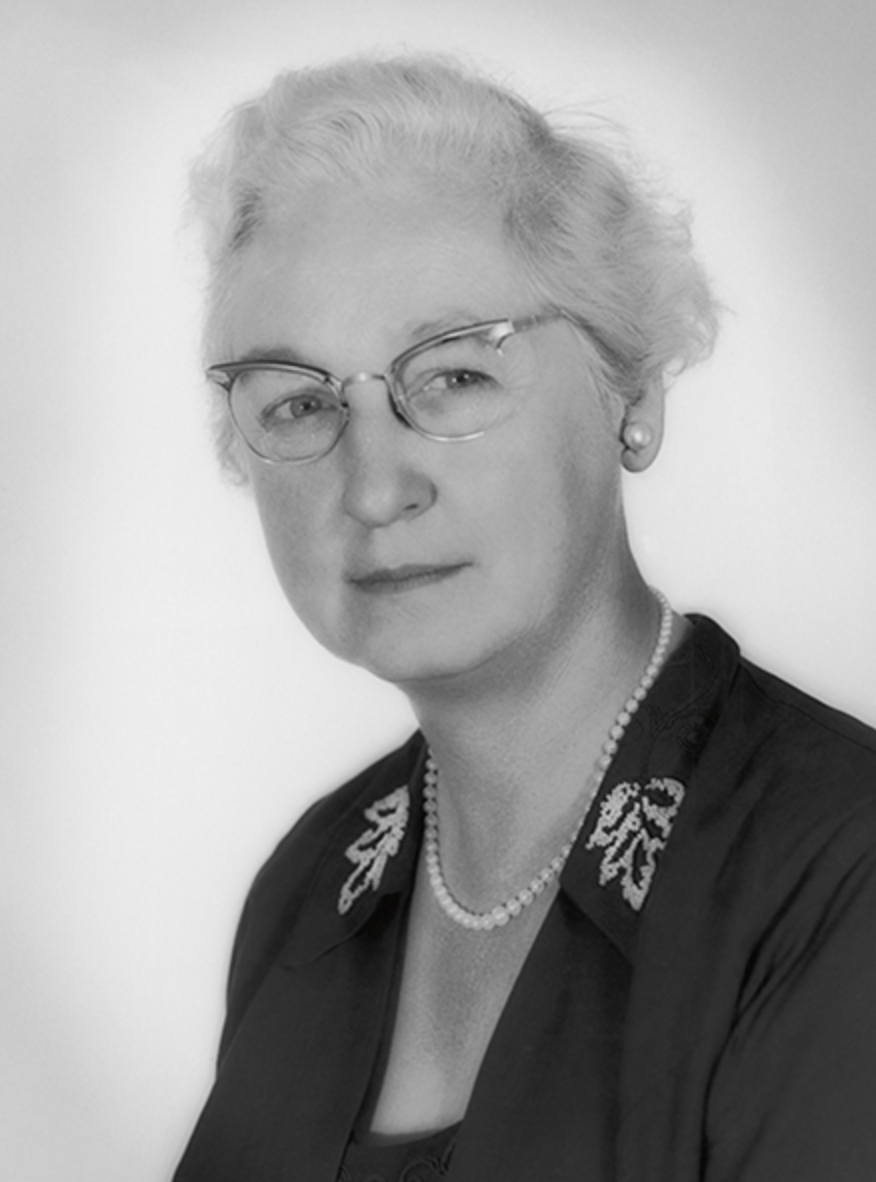
Virginia Apgar, who named the newborn evaluation system.
Dr. Marty Greer, DVM joins host Laura Reeves for their ongoing puppy discussion. This month Greer shares the story of Virginia Apgar, who named a now-famous newborn evaluation system after herself.
Apgar was a human anesthesiologist who graduated from medical school in the 1930s, Greer noted.
“She was the first female anesthesiologist admitted to the College of Anesthesiology back in an era where there were no women doctors. There were no women a lot of things. So she was truly remarkable, Greer said.
“In that era, a lot of babies were born to mothers that were sedated or anesthetized. And so (Apgar) developed a scoring system to analyze the babies and it has stuck for the last 70 years and it’s very impressive that it’s something that people talk about every day, still using the word APGAR. The acronym stands for: appearance, pulse, grimace, activity and respiration.”
The system was adapted for small animal veterinary use by a vet on staff at the University of Minnesota.

Parameters for APGAR scoring.
“The advantage of a numerical score,” Greer added “is that it gives you something that you can measure and compare litter to litter, puppy to puppy within the litter over the course of time. And we have some really good data from Neocare, which we talked about last time, about what the relationship with the APGAR score and the survival of these puppies will be. So it’s actually super cool that you can take all this information and turn it into something that you can use at home, you can use at your veterinary clinic, and that your veterinary clinic can help you with. So I would encourage people to learn to do APGAR scores. It’s not hard, it’s not mysterious. It’s really pretty straightforward on what to do with it.
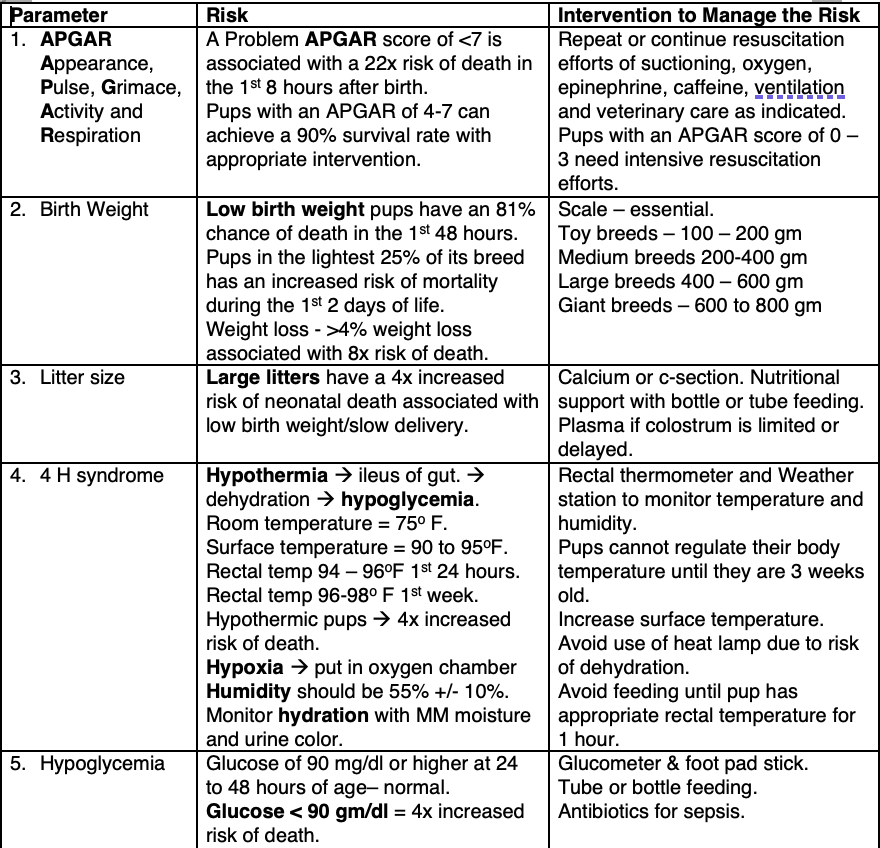
Treatments for common whelping issues.
“The value of this is when you go home (from a csection, for example) and you have a puppy that had an APGAR score of a four and a puppy that had an APGAR score of a nine, that you know the puppy with the four needs a lot more attention to have the kind of survival rates that one would hope for. We always hope for a hundred percent (survival), but reality is 100% is probably not a realistic goal.
“Each of the five parameters, appearance, pulse, grimace, activity and respirations gets a score of a zero, one, or a two. So collectively, if you get twos on all five of your items, you have a score of a ten.
“It’s really simple to do. It doesn’t require high level assessment and like I said, a lot of us probably are intuitively already doing this. When you have puppy born, if it’s fish breathing and gasping and gaping, that’s not good. But, if it’s got nice pink color and it’s wailing and it’s crying and it’s wiggling and it’s pink and it’s all those things, you know that you’ve got a puppy that’s in pretty good shape. But it’s just nice to be able to give it a more numerical sign because that gives you data to work with.
“The average puppy is gonna be seven and up. It does give you a numerical score. The value of this is knowing that from the Neocare information, that’s from the University at the Toulouse -France Veterinary School, the puppies with an APGAR score of less than seven have a 22-fold increased risk of death in the first eight hours after they’re born.
“And they also know that puppies with APGAR scores between a four and a seven can achieve a 90 percent survival rate with the appropriate interventions. So, what does that mean? That means you suction them, you put them in oxygen, you make sure that they’re staying warm. You’re doing all those things that you already have been trained to do to help with puppy resuscitation so that they’re not just you know laying in the whelping box kind of hoping that they do okay.”
Greer’s seminal book “Canine Reproduction and Neonatology” is available HERE.
KNOWLEDGE IS POWER — FRANCIS BACON
When you become a patron of Pure Dog Talk you’ll tap into an exclusive community of experts to help you and your dog be blue-ribbon best at whatever you do with your purebred dog! Your support helps keep the MP3's rolling at Pure Dog Talk!
As a supporter, you’ll immediately gain access to the weekly Pure Pep Talk SMS, Pure Pep Talk private Facebook group, and priority emails. Patrons can choose to level up to the After Dark Zoom and a Patrons Digital Badge for their website— even a private counseling session with Laura on any topic.

DON'T MISS AN EPISODE!!


